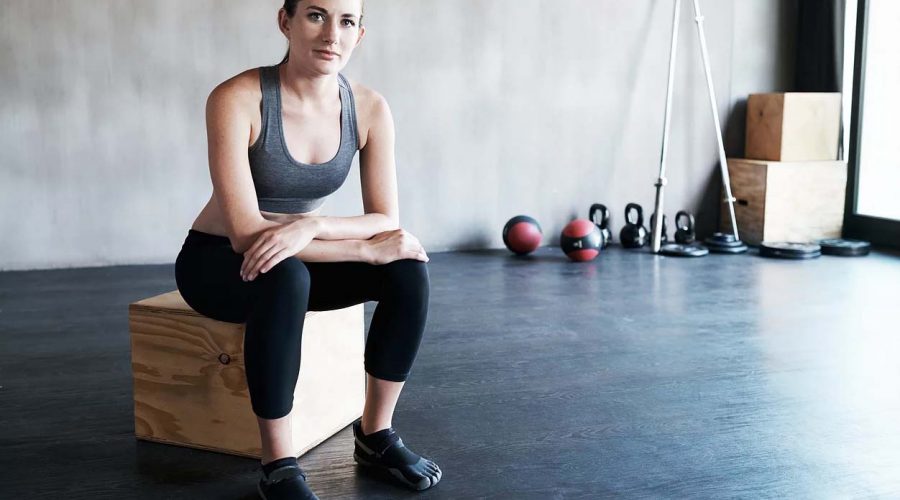Elli Sharples is perhaps a typical 22-year-old Melbourne woman who spends about $1,200 a year on active wear and keeping physically fit – but invests very little energy on improving her financial health.
“I have always seen physical fitness as a bit contributor to my overall health, rather than just focusing on money or sticking to a savings plan,” she said, adding that buying activewear is nearly a monthly purchase for her.
“Definitely among my group of friends, we spend a lot of money on keeping physically fit. I guess part of that is due to social media placing more of a focus on how you look,” said Sharples.
But if you think millennial women, like Sharples, have their priorities wrong, you might be mistaken.
A growing number of financial and life coaches believe that an investment in your physical health is just as important to your overall financial wellbeing.
That said, the key is striking the right balance between the two.
“While physical work outs are good for your health, if you’re dealing with financial stress, then body won’t function as well as could,” says Vanessa Bennett, performance coach at Next Evolution Performance.
“Everybody regardless of age needs to take a holistic view of their physical and their financial health which impacts their mental wellbeing.
“Excess stress, be that financial or other, can produce a stress hormone called cortisol, which basically triggers a fight or flight response, and when that’s released into the body on a regular basis that can be quite toxic,” she said.
“In other words the more toxins in a person’s body, the more likely it is that this may cause inflammation, weaken the immune system and undermine an investment in your physical health.”
According to a survey by NGS Super of about 1,000 Australian millennial women, 60 per cent of respondents say they invest in their physical health, but only 25 per cent of them spend money on their financial knowledge.
When asked to quantify their investment, the median spend by Australian female millennials on their physical health was $400 over the last 12 months, compared to $0 on financial knowledge.
“I definitely get more financial advice from my parents and outside of that I don’t spend any time on building my financial knowledge,” says Sharples.
“I have found it really difficult to stick to a savings plan because things come up.
“I have tried to save $200 out of every fortnight paycheck. But I just don’t see investing in shares or property as a priority for me right now because of my age,” she said.
Put your eggs in both baskets
Gladstone-based financial planner Regina Taarnby believes that the best results can come from simultaneously investing in your physical health and your financial situation.
“I’ve seen clients that are in a financial mess. As a result, their mental, emotional and physical health have suffered also.
“It’s about splitting the effort towards both your finances and your physical fitness.”
To get things started simply, Taarnby recommends gradually building up an emergency savings buffer in a cash account or term deposit.
It’s estimated that 70 per cent of Australian women don’t have any emergency savings, according to new research commissioned by comparethemarket.com.au and developed by Deloitte Access Economics.
“An emergency savings account might mean starting small and only having $1,000 or $2,000 in case something ever goes wrong, then after that is done, it is time to put a plan in place to help you invest or create further wealth,” Taarnby continued.
“It’s also a good idea to dissect your own spending. I usually go through 3 or 4 months of bank statements with clients to help them understand their expenses.
“From there you can work out what you can reduce, and find balance on what you are spending on your physical and financial health.”
This Financy article was first published by Yahoo Finance and has been republished here with exclusive permission.













